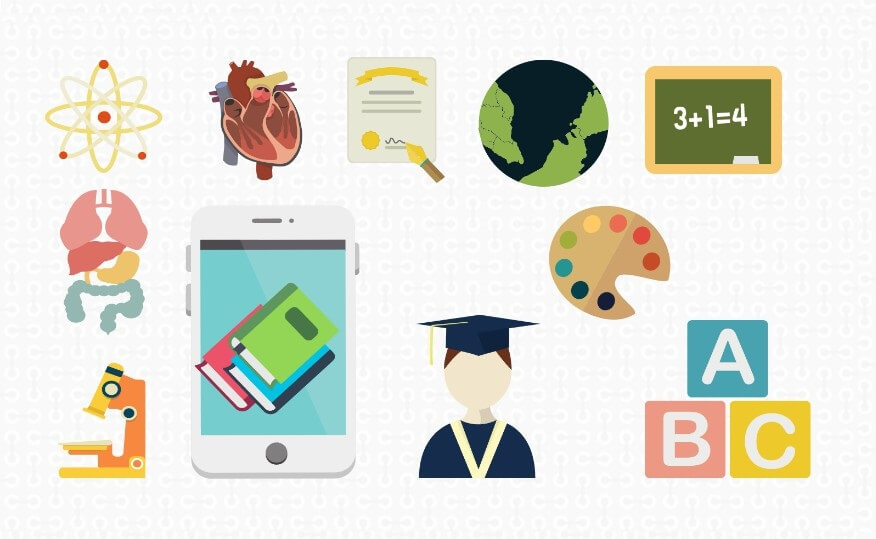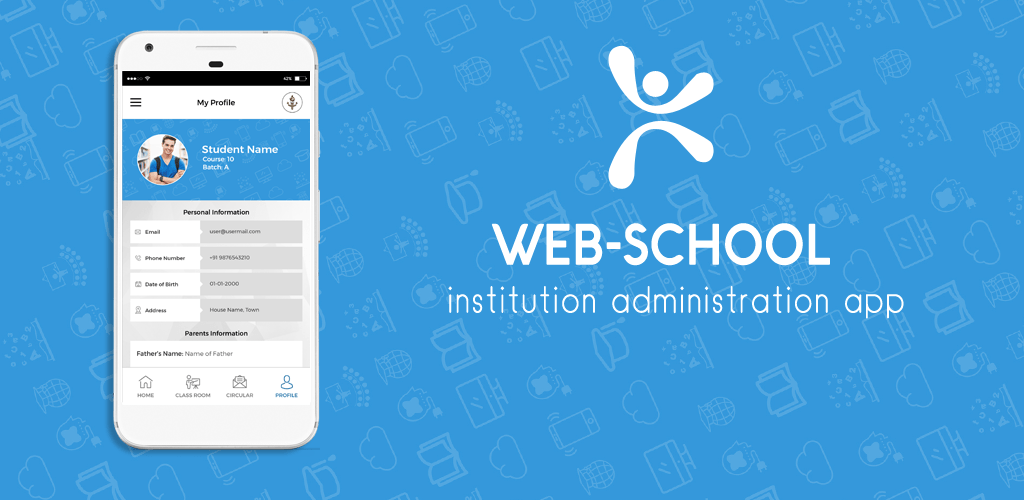
Educational Apps and the Phenomenon of Digital Interactive Learning
April 19, 2020
The Impact of Educational Apps in Everyday Academics
July 20, 2020The internet renders various utilities to students who use it as a medium for educational purposes. However, the traps lurking beneath the internet with its illicit and immoral content make it a treacherous place for children to surf through unsupervised. Lately, developers have made it their mission to mould the internet into a browsing platform safe for academic endeavours.
The impetus to making children-safe internet.
Statistics reveal that children and teenagers between the ages of five and sixteen spend an average of six hours per day on smartphones and PCs. The daily screen-time soars to a whopping eight hours when it comes to boys in their teenage. The most profound disadvantages associated with extensive dependence and use of technological devices are
- Social alienation
- Emotional retardation
- Falling victim to cyberattacks and cyber-bullying
- Getting entangled in various cyber-jeopardies such as sex-trafficking, sexual exploitation, theft, blackmailing, and other cybercrimes.
Even with the many risks threatening to overtake the advantages of the internet, the developers are striving to find ways to amend its face without minimizing the exposure of younger minds to the internet. Digitization has taken a foothold in all walks of life; consequently, the upcoming generation is required to have sufficient digital literacy to survive in the digital era. To measure the level of digital literacy acquired by the age group of 8 to 12-year-olds, a benchmark called Digital Intelligence Quotient (DQ) has been introduced. Most academic institutions have already taken initiatives to revamp pedagogical paradigms to meet the digital requirements. Digital Interactive Learning (DIL) tools like tablets and apps are now part of modern classrooms with a motive to mould students to meet the standards of DQ.
What is DQ?
The DQ institute was established in 2015 by Yunhyun Park as an attempt to address and fight the cyber discrepancies experienced by students which are generally overlooked because of insufficient data. It is a popular misconception that the advent of technology has eliminated the prevalence of social discrimination and exploitation. The digital divide is still as much a glaring issue as ever, especially in developing and under-developed countries. Park’s studies reveal a plethora of unsolicited risks that emerged with the casual introduction of technology amongst the younger age group of 8 to 12 year olds including vulnerability to dangers budding from the shadows of the internet such as
- Cyber-bullying
- Cyber-crimes
- Sexual misconduct
- Video-game addiction
The number of juvenile victims is anticipated to rise to an alarming figure of 390 million in the current decade.
The goal of DQ is to elaborate on the current and growing demography of digital citizenship and the members of the population (i.e., students and teachers) with the scope of generating a curriculum particular to them within the digital realm. In association with the global digital leaders likes Google and Twitter and with the financial assistance from UNICEF and other beneficiaries, the DQ project is well on its way to realizing the initial phases of this journey. For instance, in South Korea, the DQ project is already implemented in educational institutions to ascertain the full scope of digital literacy amongst the students. It starts from the fundamental aspects of honing the technological, critical and analytical skills of students to be on par with the demands of the future.
How DQ helps implement cyber safety for students
The Digital Intelligence Quotient (DQ) comes into action when a person’s IQ (Intelligence Quotient), EQ (Emotional Quotient) and SQ ( Social Quotient) come into conjunction with the realities of the digital world. In other words, a healthy DQ measure expected from a child subject should project his/her ability to manoeuvre their real-world sympathy, empathy and skills (IQ, EQ and SQ) in digital life scenarios. The subject is put to the test in a video-game simulation of the real world in order determine their response to various grave cyber risks such as privacy impeachment, identity breach, browsing history, vulnerability to cyber-crimes and response and reaction to instances of cyber-bullying, etc. The internet is an uninhibited medium with access to any information which elevates the risks of exposing young, impressionable minds to misleading or inappropriate content. DQ aims to inculcate pre-teens with a proverbial moral compass and help them erect an internal filter that helps ward off the risks. It trains children to stay alert at all times and prepares them to avoid visiting shady websites, and how to decipher and distinguish the data gathered from online sources are believable or dubious.
DQ in Education
The DQ project is simple and self-sufficient which can be undertaken at home; however, DQ meets its full potential under the guidance of qualified teachers in school as they guide students through the process, track their progress and help alleviate any doubts and queries. Students who partook in the project in school under the supervision of teachers tend to show higher DQ scores than those who attempted it alone at home. DQ is a necessary tool to ease the budding generation into the digital world as it addresses both the good and bad side of the internet and gives them cues on how to make the right choices.
Conclusion
DQ project is an initiative introduced in the educational sector to inculcate the notion of cyber security in younger students. It automatically creates a safer path for our children to approach the digital world safely. As the world progresses at an unpredictable pace, didactic tools such as DQ would prepare the future generation to cope with the uncertainties and risks associated with the digital world as it acts as a moderator which stands between under aged internet users and the many potentially perilous digital scenarios.




